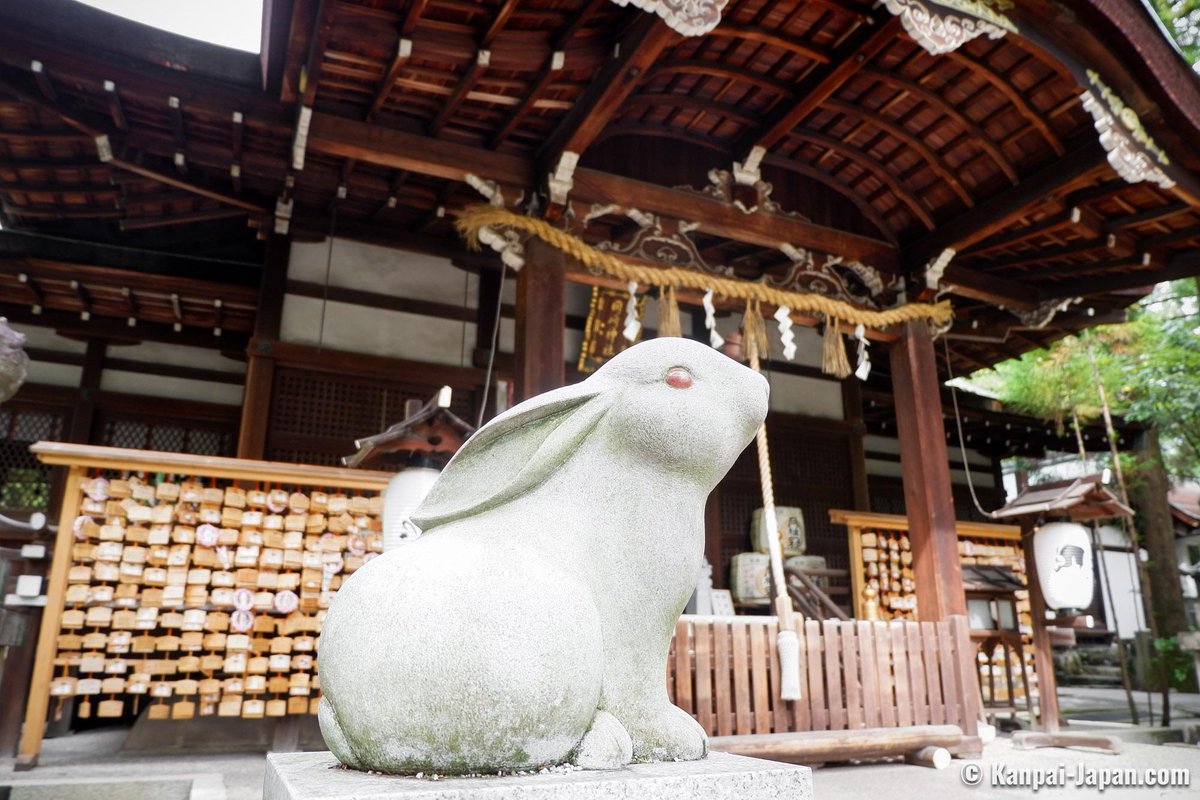Suvannamaccha is a mermaid that appeared in various Southeast Asian versions of Ramayana. She spoiled Hanuman's efforts to build a bridge across the sea. When they confronted each other, they fell in love and began a courting dance instead. 1/3
#FairyTaleTuesday #FairyTaleFlash

#FairyTaleTuesday #FairyTaleFlash


In Thai and Cambodian versions, Suvannamaccha was the daughter of Ravana, the kidnapper of Sita (who Hanuman was trying to rescue with the bridge). Her and Hanuman had mutual understanding about their actions; the lovers departed amicably after the bridge was finished. 2/3 

The courting dance between Hanuman and Suvannamaccha was an inspiration for folk dances, including Thai Khon performance and Cambodian Robam Sovann Macha. The mermaid is a good luck charm in Thai folklore, represented on streamers or framed images in some shops and houses. 3/3 



📷
1, 3: from mural paintings in Wat Phra Kaew (Temple of the Emerald Buddha) in Bangkok, by Photo Dharma.
2: Suvannamaccha statue on a lotus pond in Kampot, Cambodia, by Neil McAllister.
4: A Khon performance, unknown.
5. Mermaid charm in a shop in Nonthaburi, by Xufanc.
1, 3: from mural paintings in Wat Phra Kaew (Temple of the Emerald Buddha) in Bangkok, by Photo Dharma.
2: Suvannamaccha statue on a lotus pond in Kampot, Cambodia, by Neil McAllister.
4: A Khon performance, unknown.
5. Mermaid charm in a shop in Nonthaburi, by Xufanc.
• • •
Missing some Tweet in this thread? You can try to
force a refresh

 Read on Twitter
Read on Twitter




















